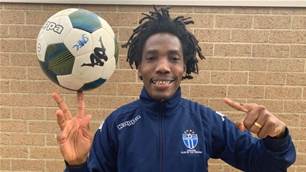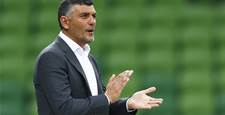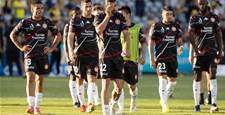It was 40 years ago that Brisbane City FC climbed the pinnacle of the Australian game, winning the second incarnation of the National Cup Competition.
In their first attempt they knocked over one of the National Soccer League's great powerhouse teams in the Final.
A year later they repeated the feat - beating future three time Cup winners Adelaide City to the crown - and remain the only side to retain the National Cup in any of its three guises.
But the biggest question facing City supporters today is - what happened to the Phillips Cup? Since City raised it in 1977 and 1978, the location of the silverware remains a mystery.
The disappearance of trophies is not a new problem in sport - although it appears to be particularly endemic in football. The disappearance and subsequent recovery of the Jules Rimet Trophy by Pickles the Dog in 1966 is the archetypal, most prominent example but that is certainly not the only case.
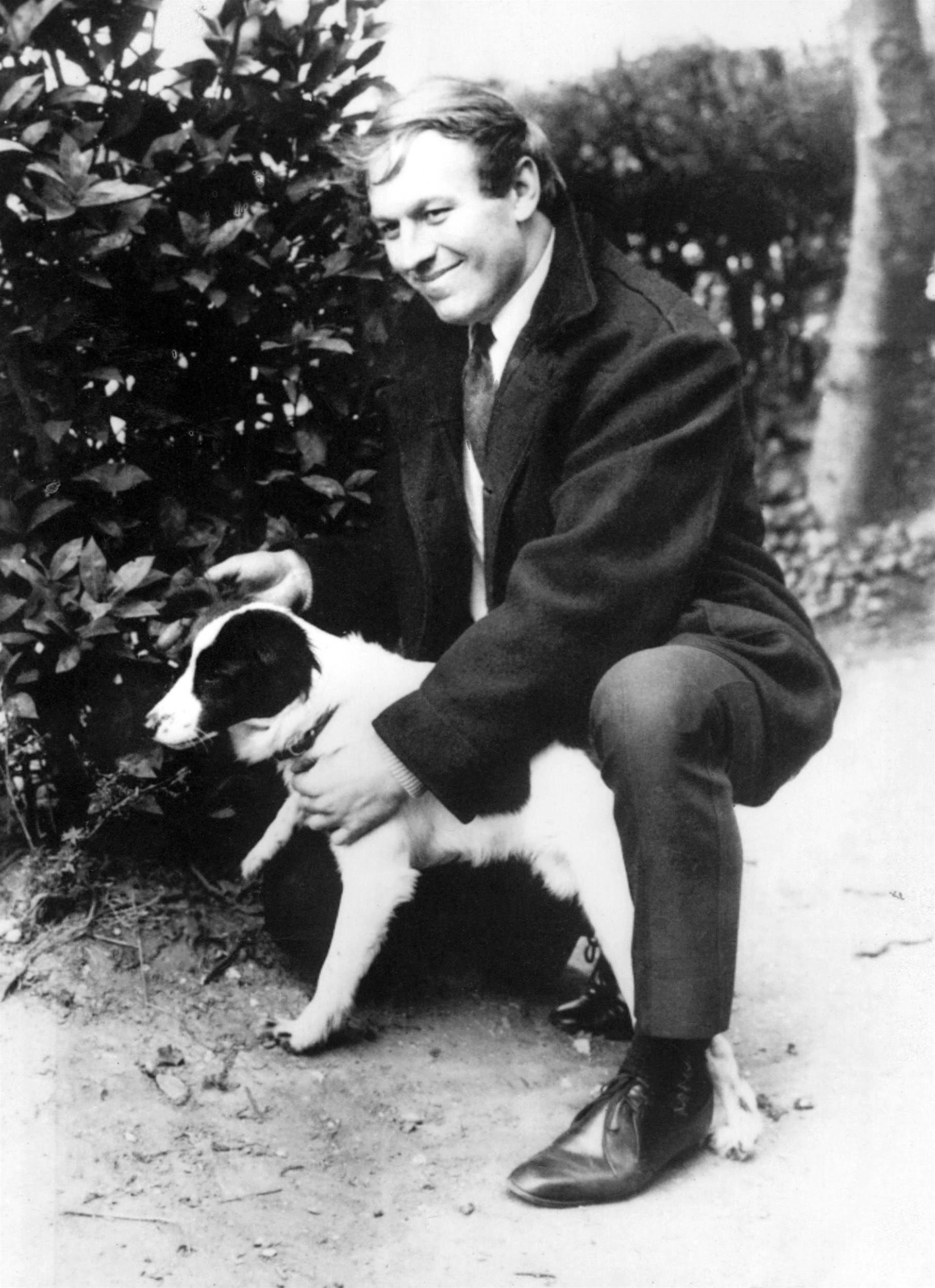
The Rugby League World Cup was stolen from a Bradford hotel in 1970, and although eventually found in a nearby ditch by a member of the public, the trophy wasn't claimed for many years leading to it almost being remodelled as a body building trophy.
Pickles’ good work was eventually undone in 1983 when the original Jules Rimet was stolen in Brazil, never to be recovered. That trophy supposedly suffered the same fate as the original FA Cup that Aston Villa lost in 1895, which was purportedly melted into coins and dispersed - another trophy lost to the annals of history.
Villa are serial offenders when it comes to careless stewardship of football’s most storied awards, after they also contrived to lose the 1982 European Cup during an unofficial tour of a local pub. That story does have a happy ending though, when the silverware was handed in to police in Sheffield - 100 miles from where it was lost.
This malaise of mislaid trophies even permeates the Australian sporting scene. The original Australian national knockout tournament trophy, the septennial Australia Cup of the 1960’s - arguably the instigator of the National Soccer League - was lost for decades, reportedly turning up in a rubbish bin at the Hakoah Club in Sydney during 2011 redevelopment works.
But where are the 1977 and 1978 Phillips Cups?
First, a little background: 1977 was a momentous year in Australian sport. The Gleneagles Agreement was signed to pressure South Africa into abandoning Apartheid by casting the nation into the sporting wilderness. Australia beat England by 45 runs in the Centenary Test at the MCG. Both the NSWRL and VFL Grand Finals were forced into replays for the first time. And Brisbane City Football Club defied the odds to win the inaugural NSL Phillips Cup Competition.
The Phillips National Soccer League was formed in 1977 as the first truly national league of any code in Australia, featuring teams from Adelaide, Melbourne, Sydney, Canberra and Brisbane. (Perth would not have a team until 1996. As for Tasmania, excluding the Apple Isle is clearly not a modern issue.)
In that first season, the league was won by Eastern Suburbs Hakoah, who beat Marconi Fairfield into second spot on the ladder thanks to a superior goal difference, after the two sides finished level on points.
The early years of the NSL lacked a finals series and champions were determined based on a first past the post model as opposed to the typical, Australian-favoured one off decider.
Instead, the Australian Soccer Federation arranged a national knockout competition at the culmination of the home and away season to further capitalise on the interest generated by the new season, and perhaps as a nod to the part that the long since defunct Australia Cup played in the NSL’s establishment.

Brisbane City entered the competition as rank outsiders. The Azzurri had finished in 10th position in the 14 team league, just behind bitter local rivals Brisbane Lions.
Lions were City’s first opponents in the post season tournament - and in a pulsating battle, City cast aside any sense of disappointment at finishing as bridesmaids to their Queensland rivals in the league by running out 3-2 winners.
Sydney’s ultimately ill-fated Western Suburbs side were up next for City, and despite falling to a 1-0 defeat at Perry Park earlier in the season, the visitors could not repeat the dose, falling to a 2-1 extra time defeat.
Western Suburbs - who finished in 5th spot on the ladder that year - would ultimately merge with APIA Leichhardt Tigers at the end of the 1978 NSL season, condemned into the annals of “old soccer”.
Next up for City was a trip to West Adelaide Hellas for the semi-finals - who had finished in 7th spot on the ladder. The lopsided, 14 team structure of the Cup meant that West Adelaide had a bye through the quarter finals after defeating local rivals Adelaide City 3-2, but the extra rest counted for nothing as City ran out 3-2 victors.
City had made the final, but it was here that most felt that the dream run would have to end. Standing in the way of the Gladiators first piece of national silverware was the formidable form of Marconi Fairfield.
The Stallions were one of the NSL’s powerhouse clubs, winning the title on four occasions - a record they hold with South Melbourne and Eastern Suburbs/Sydney City.
In the inaugural season, the Stallions dropped to second spot on the ladder thanks to Eastern Suburbs’ superior goal difference. Marconi had won two more games than Hakoah and were seeking revenge in the opening round of the NSL Cup.
The Premiers were dispatched 1-0 at Marconi Stadium, with Canberra City similarly sent packing in the quarter finals by a score of 2-1.
Like City, Marconi left the comforts of home for the semi-final, heading south to take on Fitzroy United. Fitzroy (now known as Heidelberg United) were overcome 3-2 in Melbourne, setting up a Final date against City at Perry Park in Brisbane.
Regarded as overwhelming underdogs by the local press, City were 100-1 outsiders, although they may have exaggerated the scale of City’s achievement in the aftermath of the result.
In the home and away season, Marconi had defeated City both home and away. A Peter Sharne goal the difference in a 1-0 Round 1 victory at Perry Park, Gary Byrne scoring the only goal in Fairfield later in the year.
But in the Final of the Cup, there could be no separating the two sides of Italian extraction after 120 minutes of football.
It finished 1-1 after extra time, penalties being the ultimate adjudicator to punctuate the first chapter in second edition of Australia’s national cup competition saga.
City won the contest 5-3 in the shootout - sparking scenes of delirium amongst the 9,000-strong Perry Park crowd immortalised forever in fading newspaper cuttings - the print editions the only memorial of Brisbane City’s ascension to the summit of the game in Australia.

With the Cup, proudly grasped in the hands of the recently departed captain Ian Rathmell in those ageing photos, surely it now sits on display in the Club’s Newmarket-based clubhouse?
Unfortunately not. The glittering prize - possibly the first national honour won by any Queensland-based sports team - is missing.
The Phillips Cup, so proudly earned at the dawn of the NSL era, has disappeared. As indeed has its successor which City retained in 1978 by defeating Adelaide City.
This was arguably an even greater achievement after the Azzurri finished bottom of the league table that season and defeated 6th placed Lions and 2nd placed Eastern Suburbs on the way to the Final.
Where these two Cups are now is a source of much consternation for the current side - who hope to mark the 40th anniversary of their greatest triumph by seeing the Cup return home to Spencer Park.
If there is a favourable response, the club hopes to have the trophy back in time for this year’s Legends Lunch in May - where the 40th anniversary of winning the trophy will be celebrated as part of a special, Grand Final luncheon.
The club are hoping that if anyone does know the whereabouts of either of the Cups, they will be safely returned to Brisbane City or picked up - anonymously if need be - no questions asked.
Anyone with any information should contact the club - and with any luck, City will finally be able to honour those players appropriately, forty years on.

Related Articles
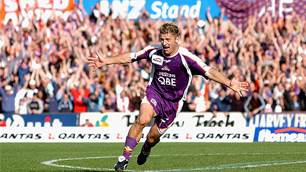
'We are thrilled': A-League second division set to 'reconnect' NSL fans with the sport
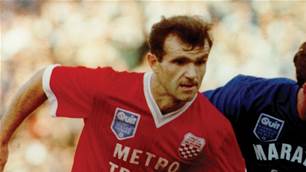
A-League 'celebrating' NSL history in Grand Final presenter
